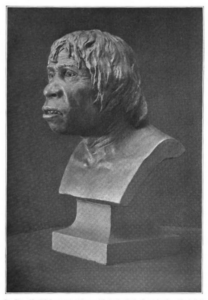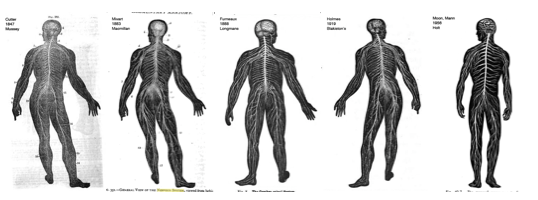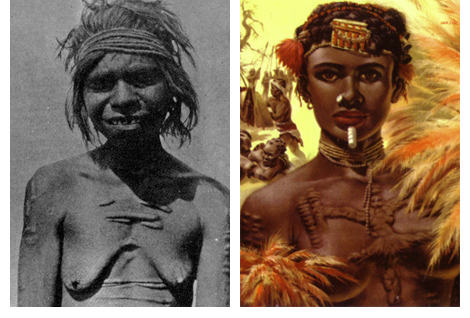Henry Fairfield Osborn and the Tragic Legacy of Piltdown Man
 Piltdown man’s dramatic entry into textbooks starting in the mid-1930s was a reactionary effort by Henry Fairfield Osborn to infiltrate the debate on human origins and freeze in place his favored ideas of human evolution and the necessity of eugenic management.
Piltdown man’s dramatic entry into textbooks starting in the mid-1930s was a reactionary effort by Henry Fairfield Osborn to infiltrate the debate on human origins and freeze in place his favored ideas of human evolution and the necessity of eugenic management.
The consequences were tragic.
By flooding the market, Osborn, with sympathetic textbook authors and a socially conservative public as accomplices, advanced a racialized theory of evolution that resisted countervailing evidence for decades, survived Piltdown’s fall in 1953, and tainted the teaching of biology in high schools and colleges well into the 1970s.




